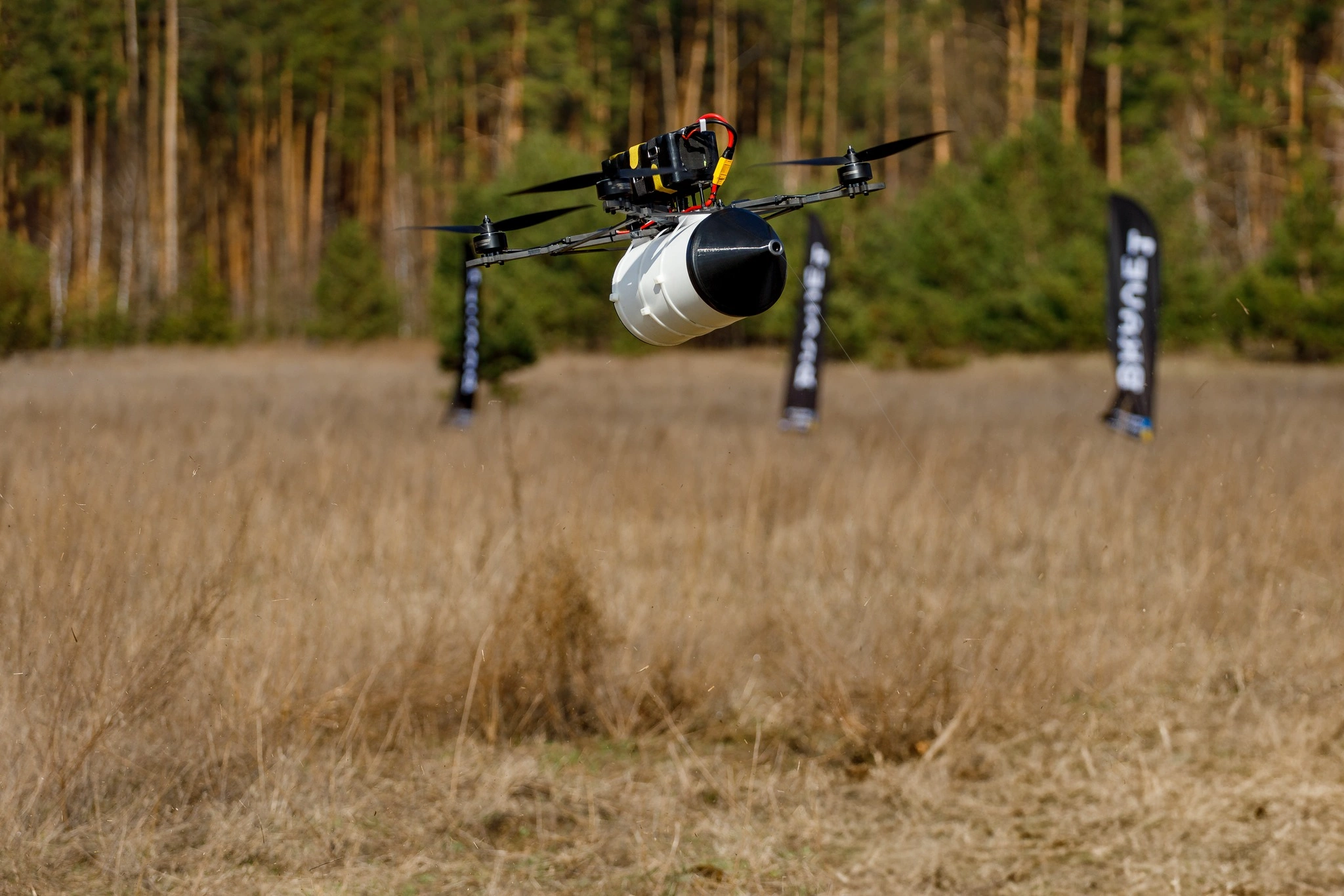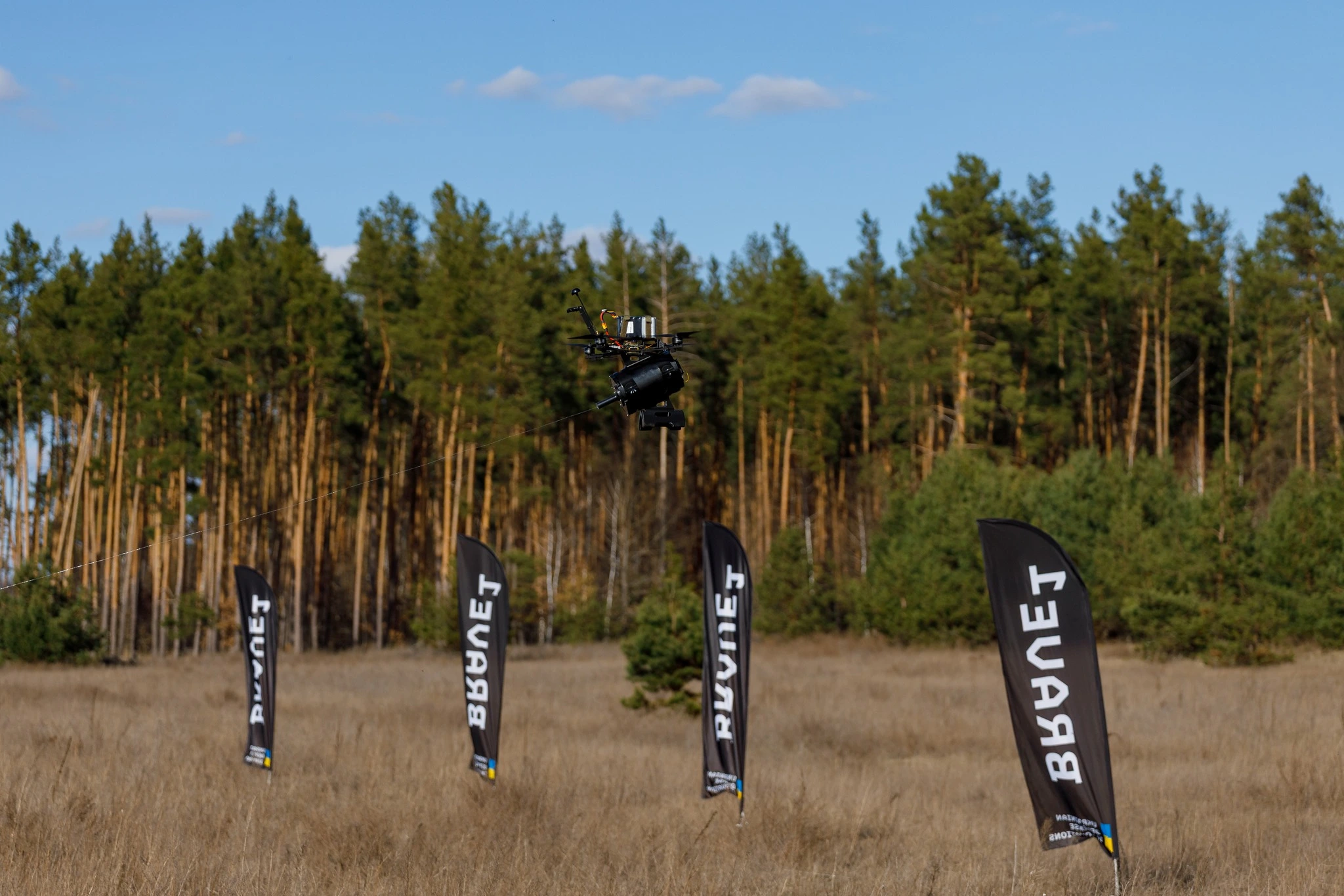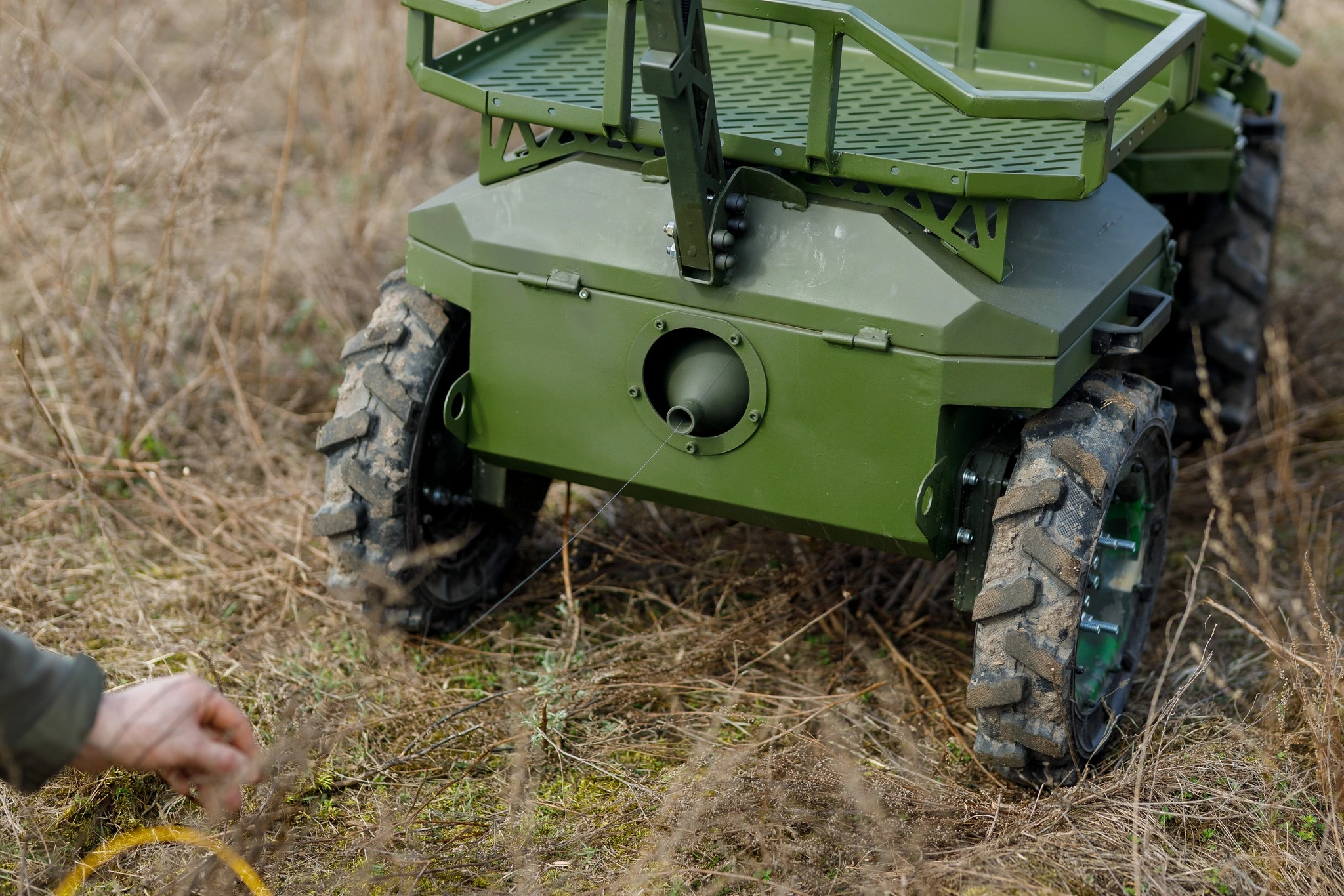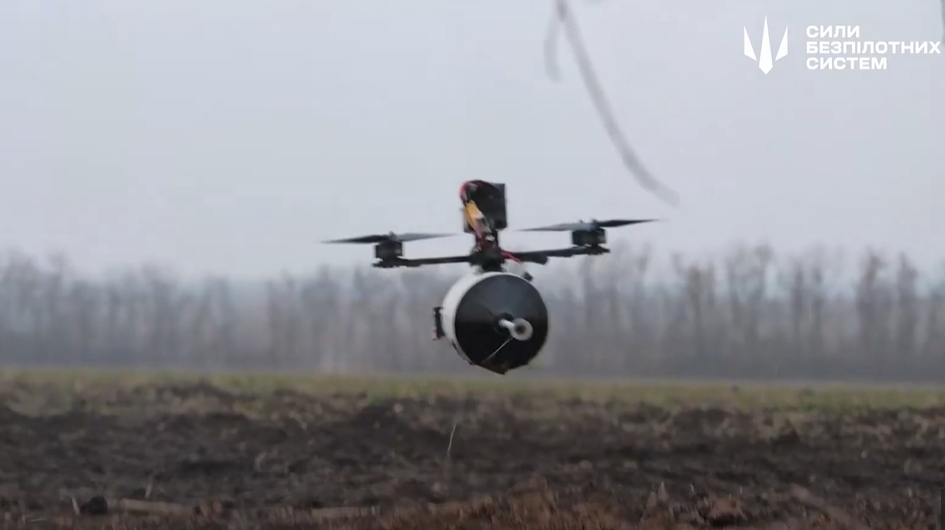
Ukraine has tested long-range FPV drones with fiber optic control.
State defense technology cluster Brave1 reported on this.
The test, organized by Brave1 with the support of the Deputy Commander-in-Chief of the Armed Forces of Ukraine, Brigadier General Andriy Lebedenko, and the Innovation Directorate of the Armed Forces of Ukraine, took place at a specialized training ground.
Over 15 UAV manufacturers tested their drones by overcoming a 20 km long obstacle course and simulating a target attack.

The results demonstrate significant progress: while previously, the flight range of such drones did not exceed 5-10 km, Ukrainian developers have now presented solutions capable of hitting targets at a distance of more than 20 km.
This opens up new opportunities for long-range strikes, which were previously performed by radio-controlled FPV drones. Thanks to fiber-optic communication, drones can perform combat missions while remaining invulnerable to electronic interference.
In addition, the absence of radio emissions makes it impossible to detect them by radio reconnaissance, and operators receive high-quality images and are not affected by radio noise.

The event also featured test runs by seven fiber-optic-controlled ground robotic systems (GCS) manufacturers.
“Fiber optics is a game changer in the confrontation between communications and electronic warfare, as it provides stable communication unaffected by electronic warfare. We are very interested in introducing fiber optics so that our NRCs can operate at greater distances and help us destroy the enemy even more effectively,” Captain Oleksandr Yabchanka, head of the Da Vinci Wolves battalion’s robotic systems service, noted.

At the end of February, it was announced that the Unmanned Systems Forces are testing domestic Silkworm fiber optic modules designed to be installed on air, ground, and sea drones.
There are two versions of the coils for kamikaze drones: one with an integrated warhead and the other with a built-in battery.

FPV drones equipped with the Silkworm module retain their maneuverability and can cover more than 20 km. According to USF representatives, drone crews do not feel the difference between radio-controlled and fiber-optic models with the Silkworm.
In early January, it was reported that the cost of fiber optic drones has dropped significantly due to increased production, and prices may drop even further for Ukrainian companies.
Currently, the leading supplier of fiber optic cable reels for drones is China, which supplies both Russian and Ukrainian FPV copter manufacturers.
Ukraine already has factories capable of spooling finished fiber optics, critical for reliability and reducing the risk of cable breakage during flight.
Ukrainian operators are actively using such drones in combat.
Підтримати нас можна через:
Приват: 5169 3351 0164 7408
PayPal - paypal@mil.in.ua
Стати нашим патроном за лінком ⬇
Subscribe to our newsletter
or on ours Telegram
Thank you!!
You are subscribed to our newsletter